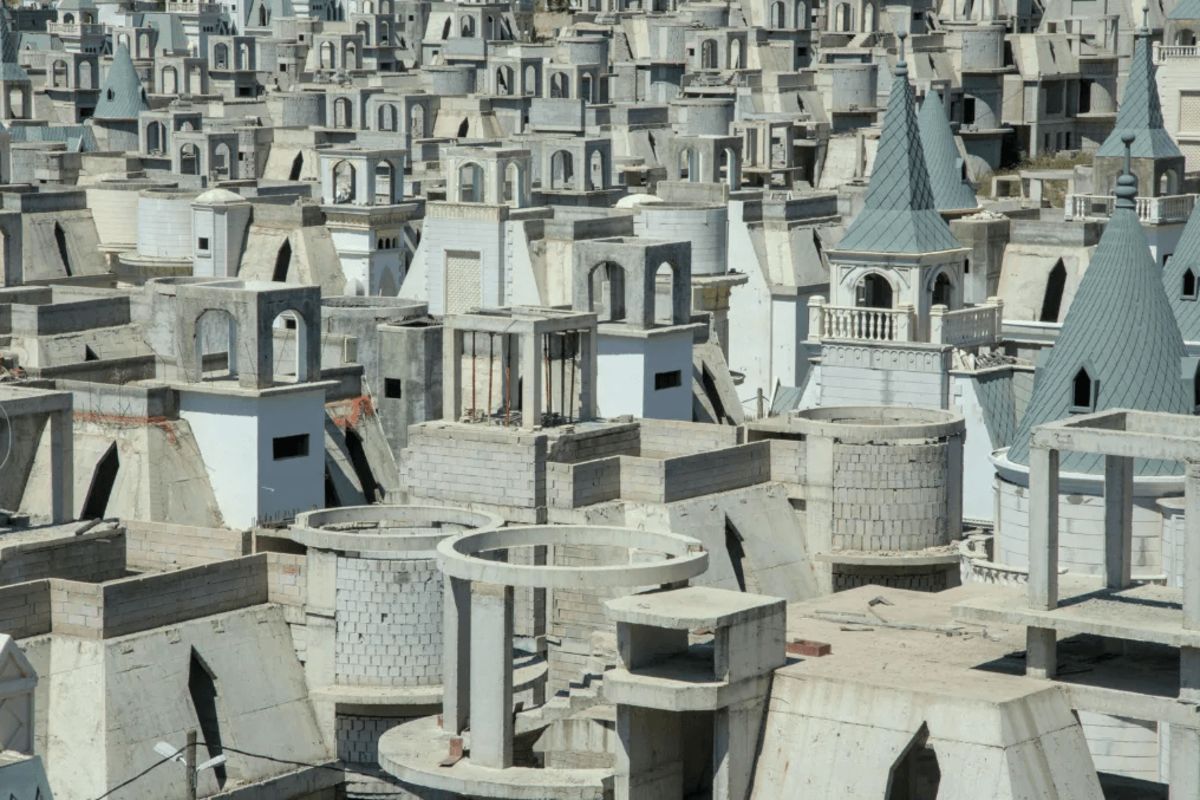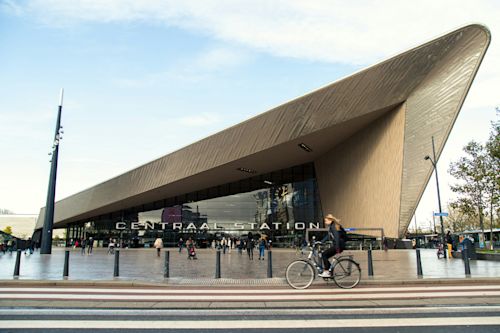Architecture
Skeletons of Ambition: 5 Abandoned Construction Projects From Around the World
Rafael Gónzalez-Palencia5/8/2024

dormakaba Editorial Team

Rafael Gónzalez-Palencia
Rafael is a journalist and editorial expert with over 20 years of experience in news operations and digital content development. He is the author of the 'Marca Style Book' (2012) and has worked for Unidad Editorial, the Global Media Group, and the Axel Springer Group before joining dormakaba as Digital Editor.
Related articles

Architecture
Traveling Through Architecture: The World’s Most Fascinating Train Stations

Architecture
Hotelification, a Raging Trend in Workspace Design
Among the most innovative trends shaping office design is the concept of hotelification. It is revolutionizing how we conceive the workplace.

Architecture
The Symbolism of Dogs in Architectural Practices: More Than Just a Pet
More and more practices are proudly introducing their “Barkitects” (yes, that’s a thing now!). These furry team members serve as unofficial well-being ambassadors, bringing warmth and balance to a fast-paced industry.